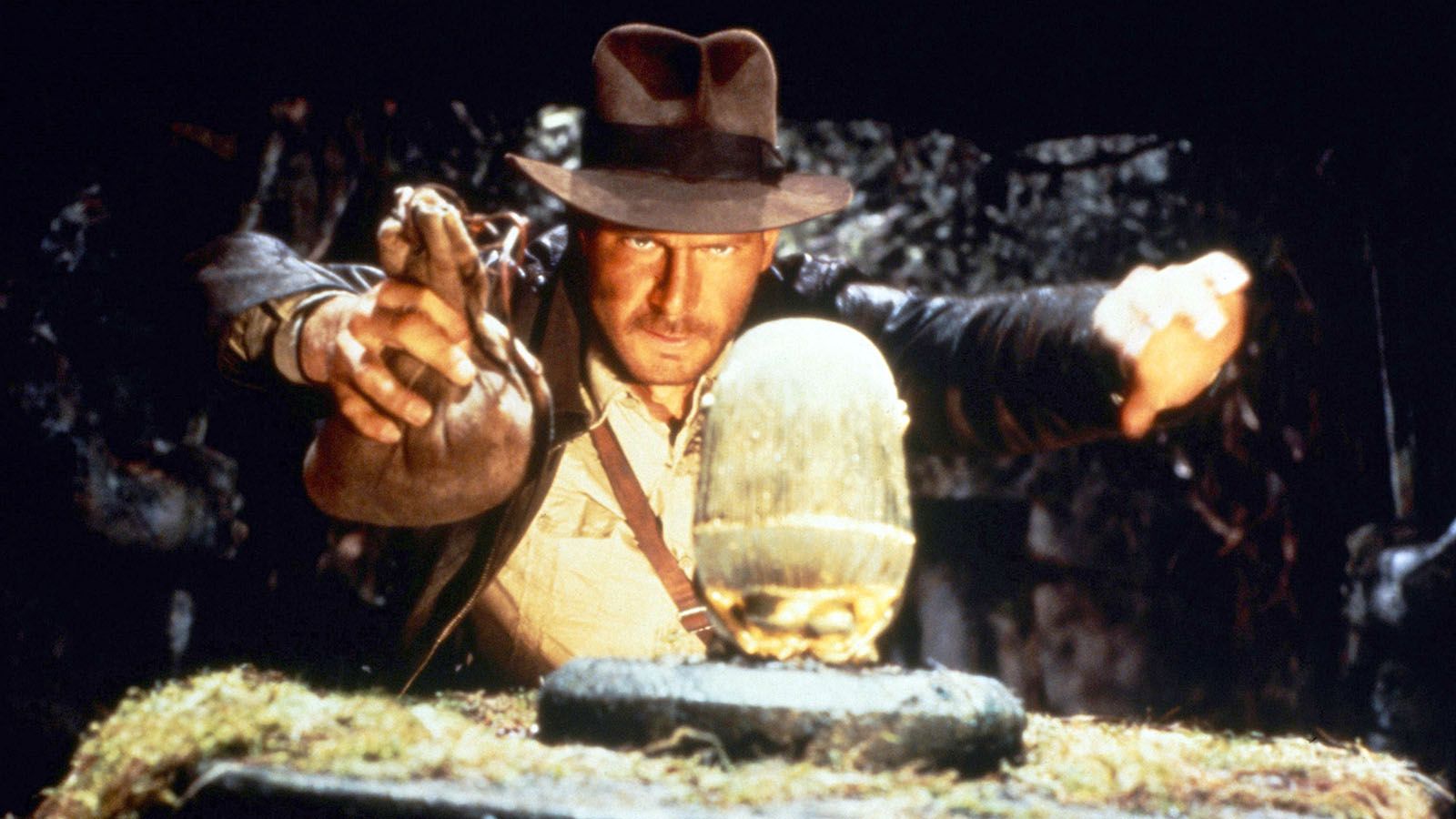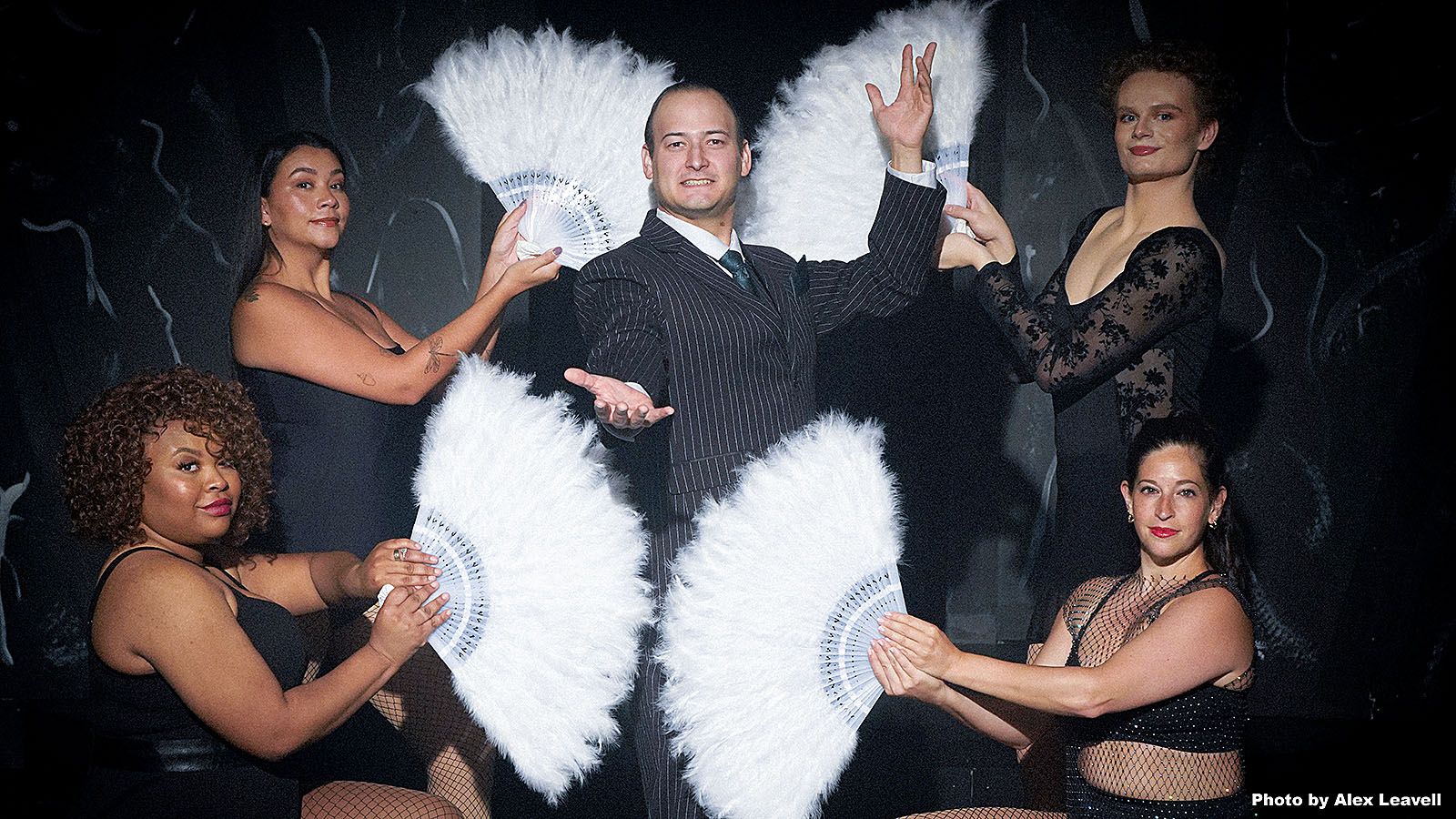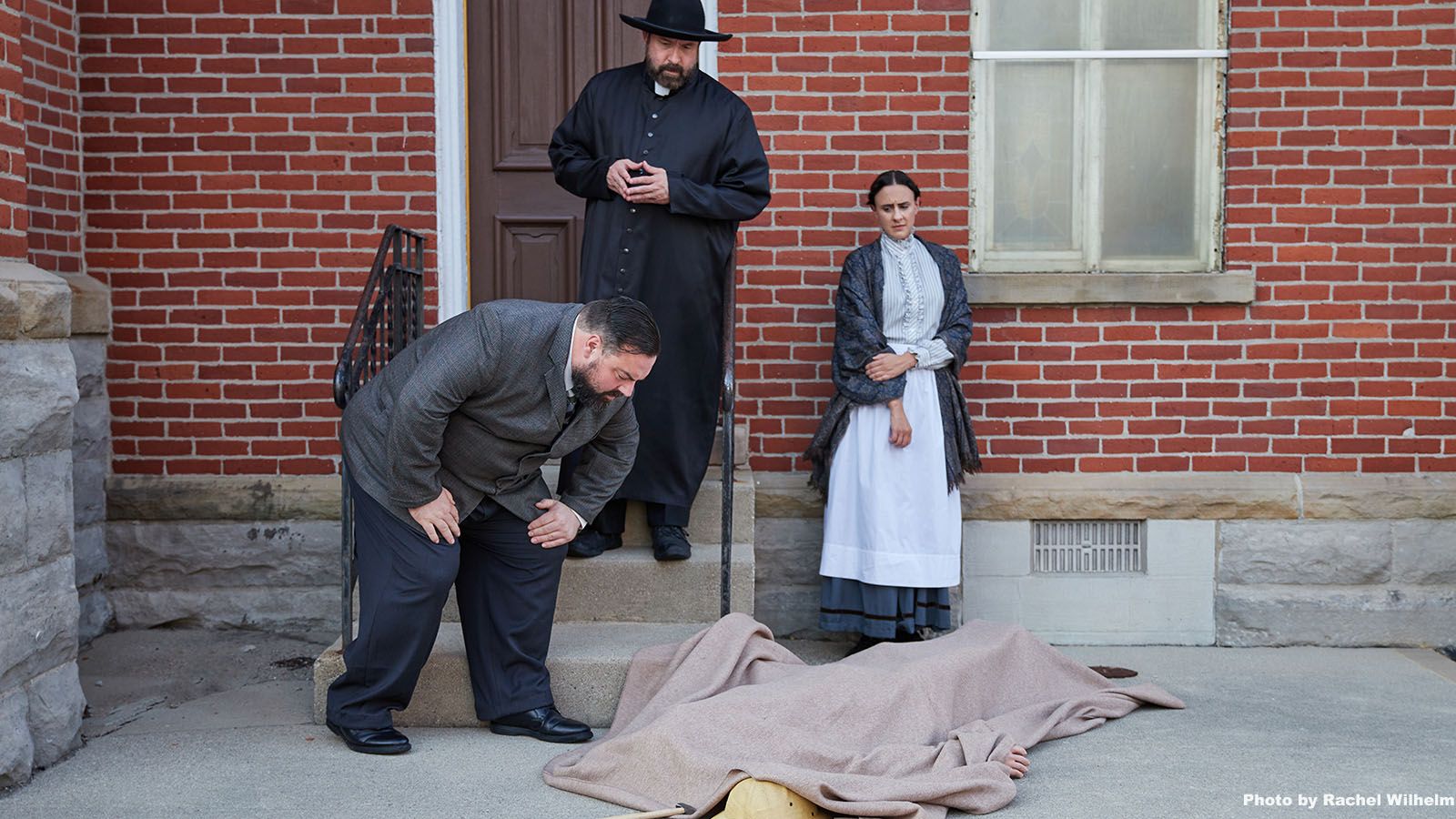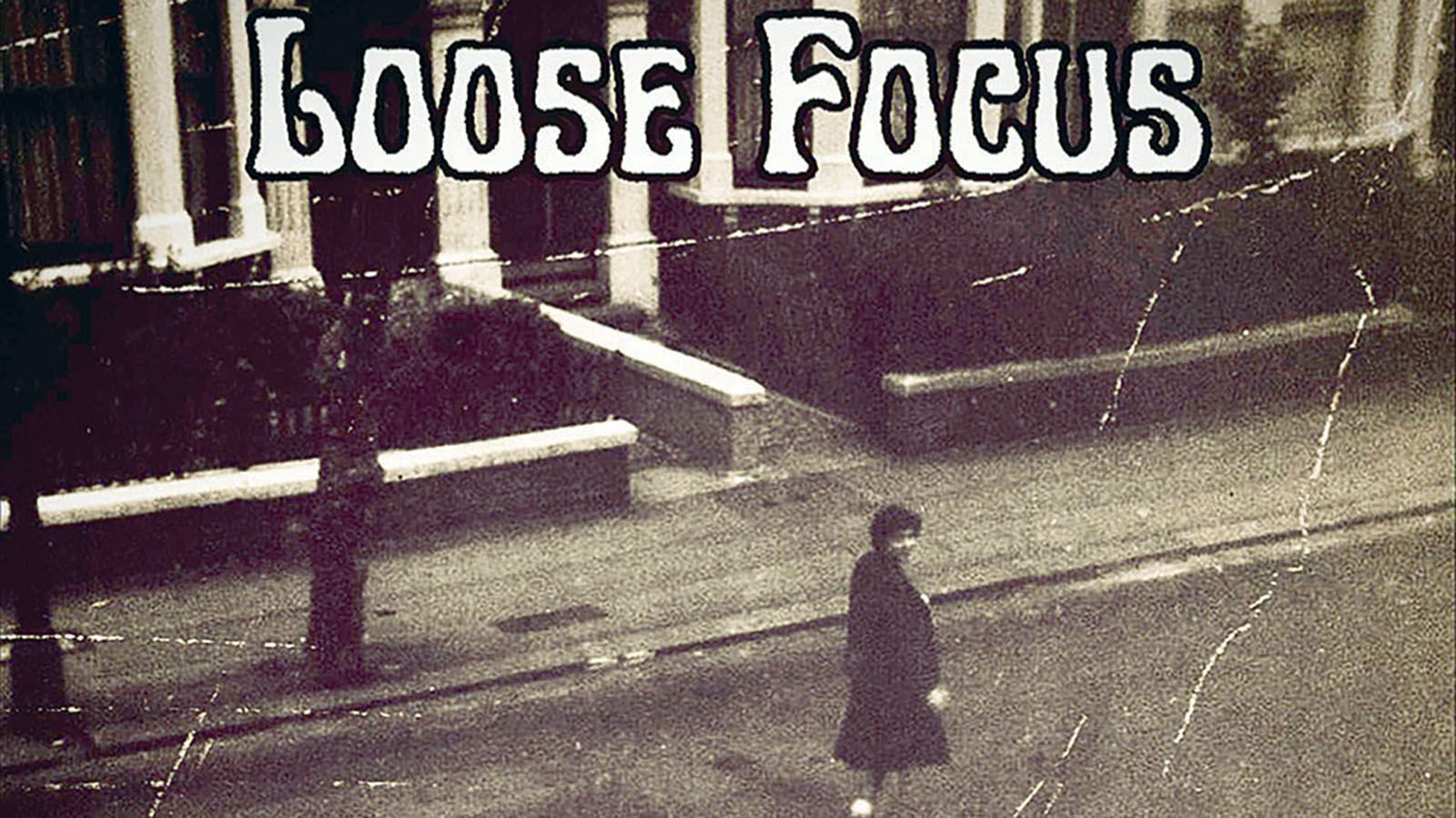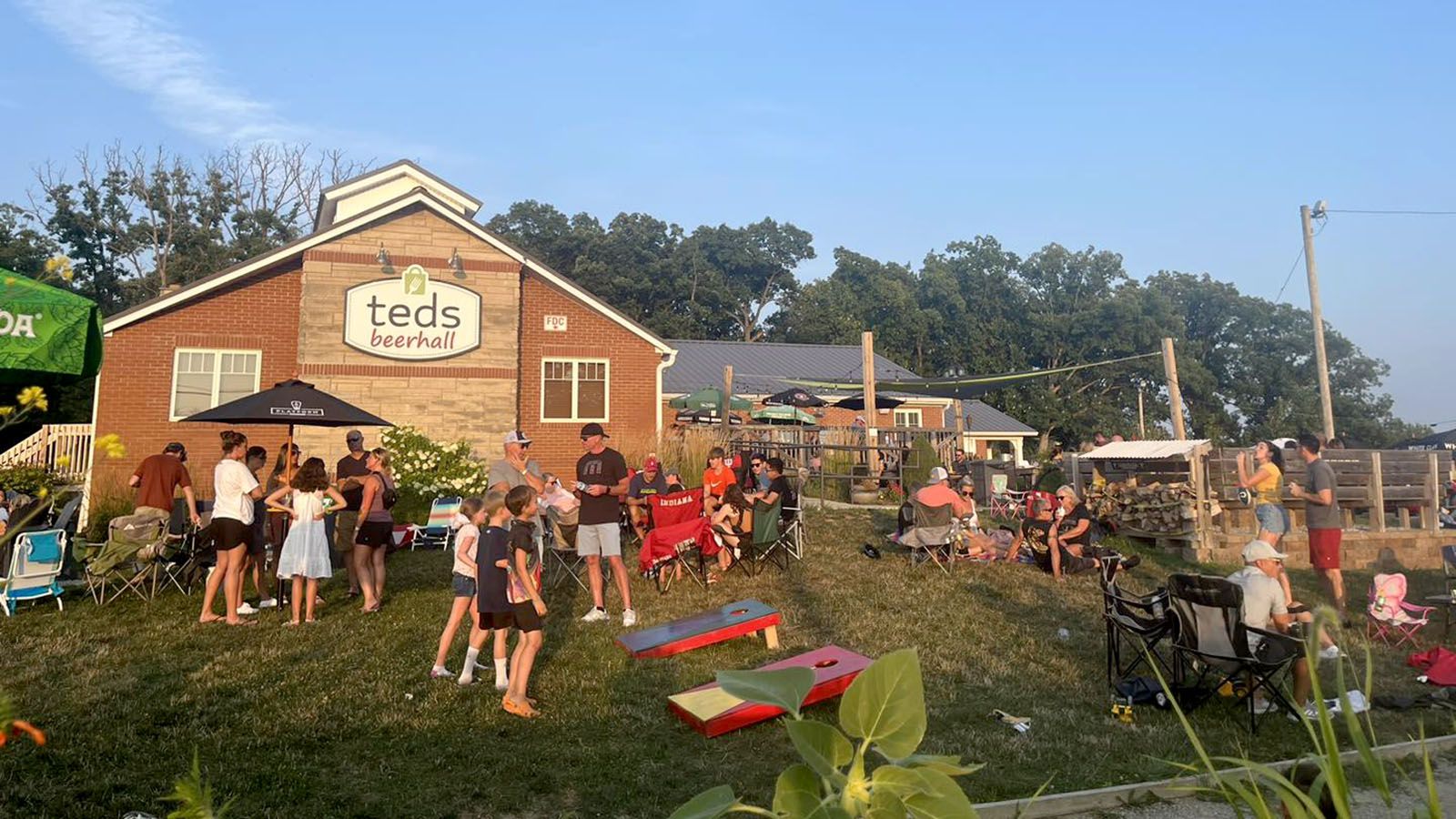Indiana Jones and The Raiders of the Lost Ark, perhaps the greatest action-adventure motion picture of all time, is coming to Foellinger Theatre.
Each September, the Fort Wayne Philharmonic treats us to the extravaganza of a blockbuster performed live by the orchestra accompanying the film in the expansive amphitheater. Last year’s production of Star Wars: The Empire Strikes Back was huge, but this will be even more epic.
Assembled for this concert on Saturday, Sept. 21, are about 100 of the finest professional musicians in the region, working together with Fort Wayne’s favorite guest conductor, Caleb Young.
‘Indiana Jones and The Raiders of the Lost Ark’
w/Fort Wayne Philharmonic
7:30 p.m. Saturday, Sept. 21
Foellinger Theatre
3411 Sherman Blvd., Fort Wayne
$23.50-$68.50 · (260) 427-6000
Action-packed score
Raiders, starring Harrison Ford and Karen Allen, premiered in 1981 amidst a golden era, especially for George Lucas (the author of the story) and Steven Spielberg, the director.
What gave the films of the era so much visceral impact was the masterful orchestral scores by the great John Williams, whose career spans 1967 to the present day. Williams, 92, composed the music for more than 75 films, many of them classics. He is arguably the best-known, best-loved film composer the world over.
On the evening of Sept. 21, it’s down to Young, who is on a first-name basis with Williams, to lead the orchestra.
Young spoke with me via Zoom recently near the Hollywood Bowl, where he was working with the Los Angeles Philharmonic Orchestra. He was in a green room not two blocks away from the massive studio where Williams conducted his orchestra to record the soundtrack to Raiders all those years ago.
“Raiders is specifically a unique beast,” Young said. “What makes Raiders really challenging among all of the John Williams films is that the music is so linked to the action on the screen. For me, to facilitate it the way that John obviously imagined it is incredibly challenging.
“From a technical standpoint, the thing with these films is always the second act. It’s the bear that you have to struggle with, because all the action happens in the second act. But especially the chase music, like the truck scene at the end, which lasts about 14 minutes, is so technically challenging for the orchestra to play… It’s absolutely relentless.”
Most conductors presenting a film like this would use a click track, which would also be in the earphones of each musician, in order to sync their live playing to the film. Not so with Young. He does it the hard way, watching visual cues on his monitor while reading the score.
The musicians must follow his baton closely as he pours the maximum musical interpretation into every cue.
“Raiders is really tricky also from an atmospheric standpoint, because in the first act, there’s so much moody music going on that sets the drama and the suspense of the story,” he said.
The musicians have only two days of rehearsals. It’s not only their sight-reading ability, but also Young’s extensive preparation, that makes this possible.
“My mission for this project in Fort Wayne is to actually go after the music, if we can, and set the scene and really go for what John has written in the score,” he said.
No ordinary performance
Even though it’s become commonplace, performing a score like this is still audacious.
“These films were never meant to be played from beginning to end continuously,” Young said. “They were recorded in the studio in 90-second chunks, and they could take a rest when they needed to.”
For an orchestra to play this two-hour movie straight through is exhausting, particularly for the brass section, which Williams features throughout. The four French horn players and two trumpet players are provided assistant players, who drop in to give the others a rest.
Other musicians have to switch between two or three different instruments. Typical symphonies involve maybe 65 musicians, but Raiders requires about 100. It’s about the largest production this orchestra has undertaken.
“It really equates to what we do with these films as the Olympics of orchestral playing,” Young said. “It’s so taxing and you have to stay so focused, both mentally and physically. It’s really rewarding when you can nail it!”
Back in the Summit City
Young spent several years in Fort Wayne as assistant conductor to the Philharmonic.
Now he’s a frequent guest conductor here and an audience favorite. He was with us in late June and July conducting the Patriotic Pops concerts at Parkview Field and in cities around the region.
He is now in town to conduct the orchestra backing ukulele virtuoso Jake Shimabukuro at the Sweetwater Performance Pavilion on Sept. 14.
Young’s career is worldwide.
The past several years he has lived in Berlin and travels throughout Europe and the U.S. conducting orchestras for masterworks concerts, ballets, pops, and his specialty, films live in concert.
When he’s not on stage, he is carefully building his connections as a rehearsal conductor, most notably with Williams. Just last month, Young was at the Hollywood Bowl preparing the Los Angeles Philharmonic for performances conducted by David Newman and Gustavo Dudamel, attended by tens of thousands of fans.
Let’s just say Young has done Fort Wayne proud, and he’s delighted that he can come back and conduct several concerts throughout this new season.
“I obviously have other projects I’m working on with other orchestras, but I love coming back to Fort Wayne,” he said. “I’m very invested in the city. I always will be. I met my fiancée (Fort Wayne Ballet dancer Tatum Farlow) in Fort Wayne, so it’s a very important place for me.”
When the last scene of Raiders ends and the credits roll, don’t get up and head for the exits. There’s four more minutes of the most exciting music, and Young will pull out all the stops. You’ll be on your feet cheering those 100 heroic musicians.
“Best part of the show,” Young said.
In a couple of weeks we’ll report on the Fort Wayne Philharmonic’s main events, their eight Masterworks concerts, conducted by artistic director Andrew Constantine. Opening night is Oct. 5 with Mahler’s Symphony No. 5.
